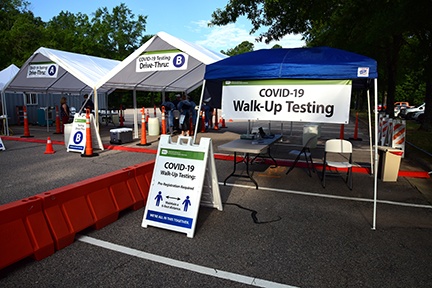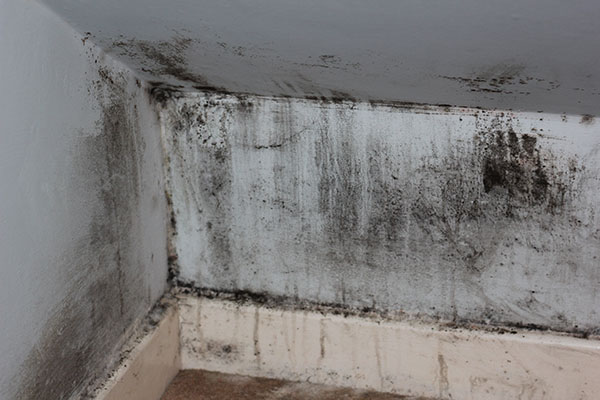Looking Back at a Pandemic Year
Photos Document NIH Response to COVID-19
This past January marked the one-year anniversary of NIH’s role in addressing COVID-19. For many, it has been a year of hardships and grief, but the race to subdue this new virus has also tapped into the resolve and ingenuity of IRP staff who have already helped create diagnostic tests, vaccines, and therapeutics. Let's take a look back to see a few examples of how IRP scientists and staff have contributed to the fight against COVID-19, as well as how the pandemic has changed life at the NIH.










